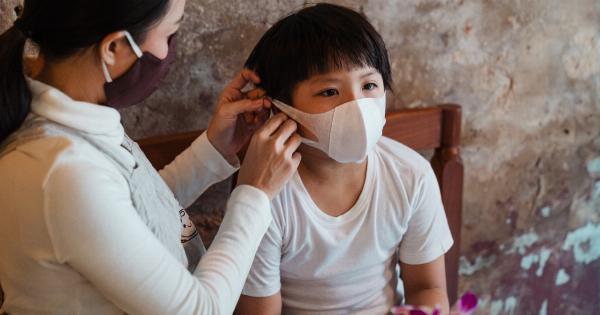The Koxaki virus is a type of enterovirus that belongs to the Picornaviridae family. It is primarily known for causing hand, foot, and mouth disease (HFMD), which is a common viral illness that typically affects infants and young children.
The symptoms of Koxaki virus can vary depending on the individual’s age and immune system strength.
1. Fever
One of the initial symptoms of Koxaki virus infection is a high fever. The fever can start suddenly and may be accompanied by chills and general discomfort.
It is important to note that fever can also be a symptom of other illnesses, so it is crucial to consult a healthcare professional for an accurate diagnosis.
2. Sore Throat
Individuals infected with the Koxaki virus often experience a sore throat, which can be painful and make swallowing challenging. The throat may appear red, and there may be tiny blisters or ulcers at the back of the mouth.
3. Mouth Sores
Hand, foot, and mouth disease caused by the Koxaki virus can also present with painful mouth sores. These sores are usually small, grayish-white in color, and can appear on the tongue, gums, and inner cheeks.
In severe cases, the sores may make it difficult to eat or drink.
4. Skin Rash
Another common symptom of Koxaki virus infection is the development of a skin rash. The rash often starts as small, raised red spots that may turn into blisters or ulcers.
It typically appears on the palms of the hands, soles of the feet, and sometimes on the buttocks.
5. Painful Ulcers
In addition to mouth sores, individuals with the Koxaki virus may also develop painful ulcers on their hands, feet, or other parts of the body. These ulcers can be particularly discomforting, especially when walking or using the hands.
6. Loss of Appetite
Due to the discomfort caused by mouth sores, individuals infected with the Koxaki virus may experience a loss of appetite.
It is important to ensure adequate fluid intake and provide soft, easy-to-swallow foods to prevent dehydration and malnutrition during this time.
7. Fatigue
The Koxaki virus can cause extreme fatigue, making it difficult for individuals to engage in their daily activities. This fatigue is typically a result of the body’s immune response to the viral infection.
8. Headache
Some individuals may experience headaches as a symptom of Koxaki virus infection. These headaches can vary in intensity and may be accompanied by other symptoms such as fever and muscle aches.
9. Muscle Aches
Muscle aches, also known as myalgia, are common symptoms of viral infections, including the Koxaki virus. Individuals may experience general muscle discomfort or specific muscle pain in areas such as the legs, arms, or back.
10. Diarrhea
In certain cases, the Koxaki virus infection may lead to diarrhea. It is important to stay hydrated and replenish lost fluids to prevent dehydration, especially in young children.


























